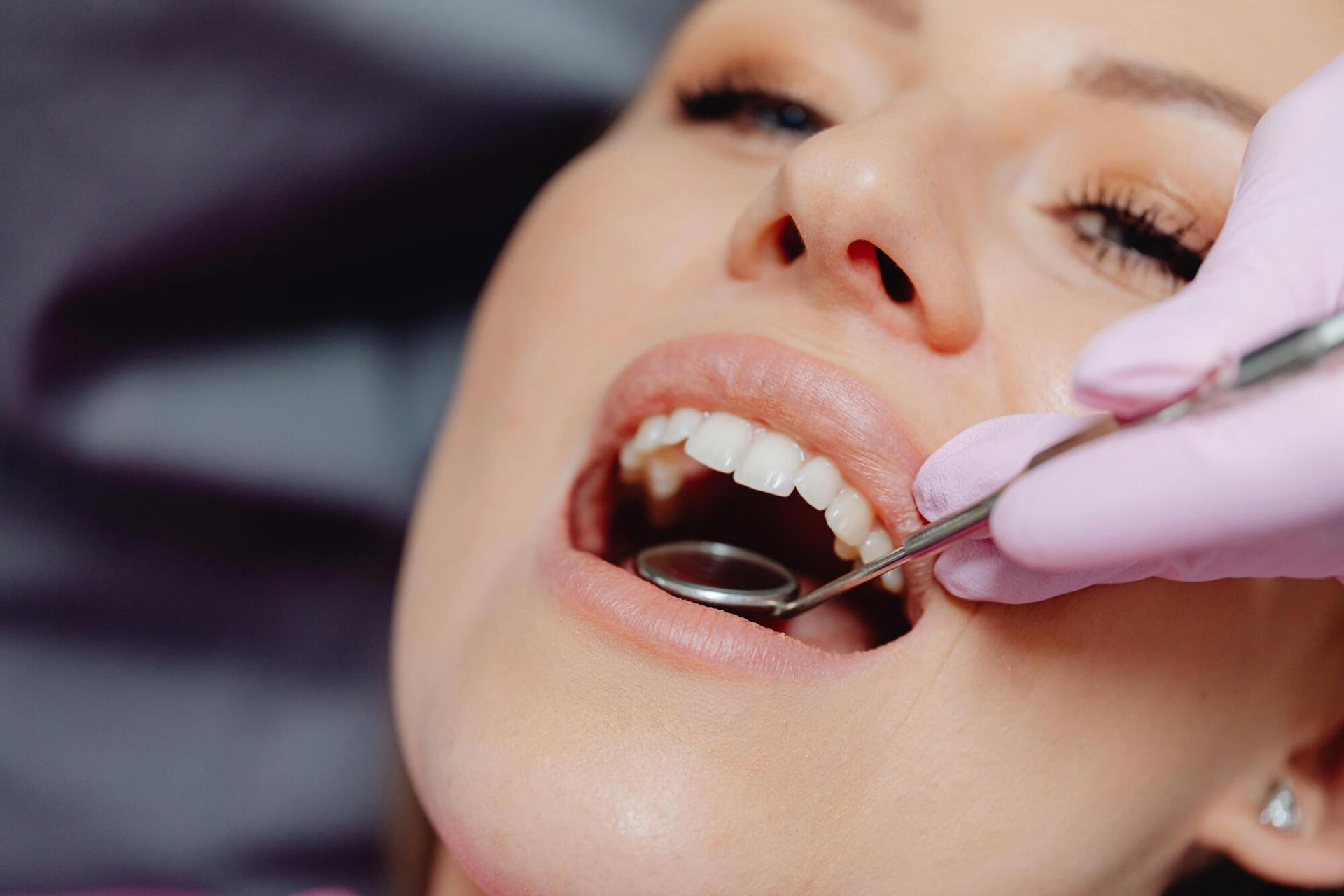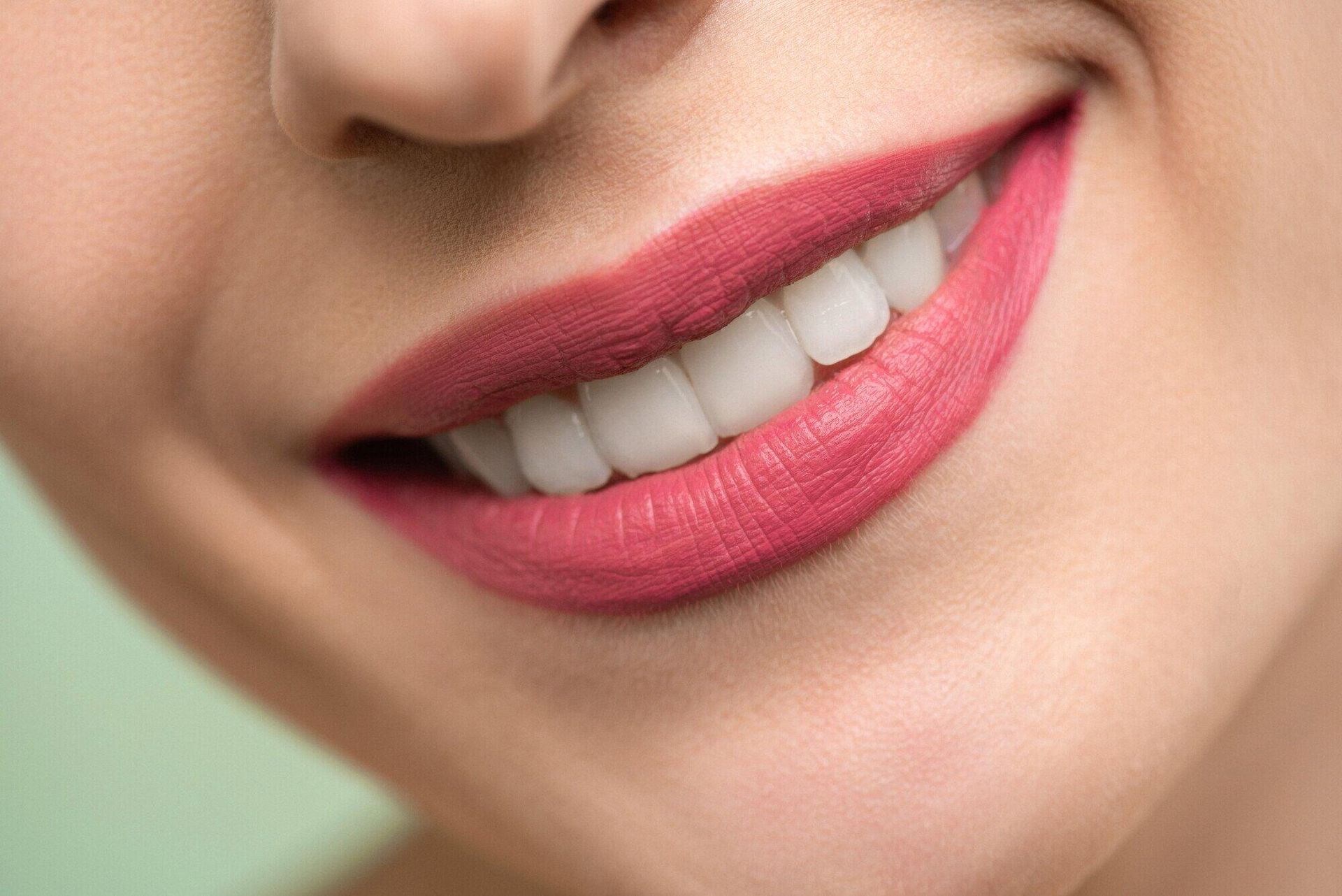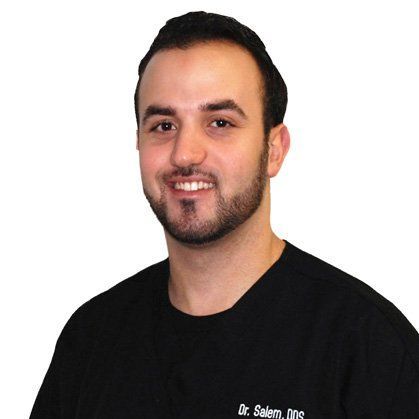How to Decide if You Need Teeth Straightening
In the past, orthodontic treatments like braces seemed to be reserved for adolescents. Now, an estimated 25% of braces wearers, or 1 million people, are adults.
In fact, in the age of modern orthodontia, you have more teeth straightening options than traditional braces. Many teens and adults are opting for aligner trays like Invisalign. The question is, how do you know if you should pursue teeth straightening in the first place?
The best way to find out more about teeth alignment methods and how they might benefit you is to talk to your dentist. In the meantime, we're here to share some ways to assess your need for teeth straightening and your choices. Read on for more.
Signs You Could Benefit From Orthodontic Treatment
Patients looking for orthodontic treatment tend to have certain symptoms they want to correct. This includes things like overcrowding, gaps, malocclusions, and other obvious signs of misalignment. Let's take a look at some of the less obvious signs that you may benefit from teeth straightening.
You Hide Your Smile
Humans have evolved to naturally reveal feelings like joy, trust, and love by smiling. No matter the current state of your oral health, your smile is worth a thousand words.
Still, you may find yourself covering your smile or smiling with closed lips. If this sounds familiar, it's time to consider cosmetic options like straightening your teeth that will give you the confidence to let your smile shine bright.
You're Developing Gum Disease
Gum disease results from a buildup of plaque along the gum line. As it progresses, patients can develop infections, oral pain, and tooth loss.
Many risk factors can increase your chances of developing gum disease, and malocclusions are one of them. Misalignment can make it more difficult to clean your teeth on a daily basis, exacerbating the plaque buildup that can jumpstart gum disease at any age.
One or More Teeth Show Signs of Decay
Gum disease isn't the only thing that can result from difficulty with at-home oral hygiene. Bacterial growth can occur between crooked or overcrowded teeth.
The acidic nature of this bacterial growth, along with the friction of overcrowding, can break down tooth enamel. Straightening your teeth can act as a preventative measure for tooth decay.
You Have TMJ
Do you notice clicking sounds when you chew or pain when moving your jaw? Between 5 and 12% of adults suffer from symptoms associated with TMJ disorders that impact the jaw joints or chewing muscles.
In some cases, you can address or minimize TMJ symptoms by correcting misalignments. This is particularly the case when a misalignment adds pressure or friction to one or both jaw joints.
Modern Teeth Straightening Options
Today, patients have their choice of both braces and aligners, along with other cosmetic procedures. Here are some of the most common teeth straightening options available today.
Traditional Braces
Traditional braces involve metal or ceramic brackets that hold tightening wires in place. They are the first thing most patients think of when considering orthodontic treatment. Now, patients have options like FastBraces, lingual braces, and clear braces.
Traditional braces are best for addressing major orthodontic concerns. For example, you may need braces to fix a significant overbite or overcrowding in the molar region.
Clear Aligners
Clear aligner systems like Invisalign are growing in popularity thanks to their discreet nature. Patients wear clear aligner trays for 20-22 hours per day, removing them only to eat, drink beverages other than plain water, and practice oral hygiene.
Clear aligners are a great choice for patients looking to address small or cosmetic alignment issues. Ask your cosmetic dentist if you're a good candidate for clear aligners.
Cosmetic Alternatives
Not all teeth straightening options involve shifting natural teeth. For many patients, alignment issues aren't the only concern.
They may also want to address things like discoloration, decay, or abnormal tooth shape. If this sounds familiar, you may want to talk to your dentist about options like veneers or dental implants. These alternatives can address both cosmetic concerns and oral health issues.
FAQs About Teeth Alignment
Patients considering teeth alignment methods often ask a few additional questions before making their final decision. Here are some of the most frequently asked questions we get at Ivanhoe Dental Group.
How Long Does Teeth Straightening Take?
There is no one-size-fits-all answer to this question. The length of your teeth straightening treatment will depend on factors like:
- The condition of your overall oral health
- The type of teeth alignment method you choose
- The extent of the misalignment issues you need to address
The best way to find out how long it would take to straighten your teeth is to talk to your dentist.
Does Insurance Cover Teeth Straightening?
The truth is that insurance often doesn't cover the cost of teeth straightening for adults. However, your policy may include full or partial coverage for children under the age of 18. You may also receive full or partial coverage if you need to straighten your teeth for medical reasons.
At Ivanhoe Dental Group, we offer payment plans to make teeth straightening more accessible to our patients.
What if I Have Dental Health Problems?
All patients should schedule a dental cleaning before they start orthodontic treatment. Some patients may need to address specific dental health problems as well.
For example, your dentist may want to work on issues like gum disease and tooth decay both before and after orthodontic treatment. They may also advise that you opt for alternatives like dental implants, especially if your oral health condition has weakened your teeth.
Call Ivanhoe Dental Group to Learn More About Straighter Teeth
Teeth straightening options aren't just for teenagers. More and more adults are pursuing braces and aligners along with other cosmetic treatments. Straighter teeth can boost your confidence while supporting your long-term oral health.
Ivanhoe Dental Group has been serving the Riverdale community for over 60 years. Currently, we have five dentists on staff with degrees in dental medicine and dental surgery, allowing us to offer general and cosmetic dentistry under one roof. Learn more about our office and schedule your appointment to discuss teeth straightening.


Dr. Munther Salem
D.D.S
Dr. Munther Salem grew up in the Southwest Suburbs of Chicago. He received his Bachelors of Science degree in Biology from Benedictine University. He then attended the University of Illinois at Chicago School of Dentistry, where he earned his Doctor of Dental Surgery degree. Dr. Salem is an active member of the American Dental Association, Chicago Dental Society, and Illinois State Dental Society. Dr. Salem has also been on two medical mission trips to Jerusalem treating special needs children. Dr. Salem enjoys traveling and spending time with his wife and daughter. Dr. Salem is happy to be back in the South Suburbs where he grew up to provide excellent patient care to the Ivanhoe Family.
Dr. Monil Shah
D.D.S
Dr. Shah completed his dental education at Boston University School of Dental Medicine and has been practicing dentistry since 1999. In the years since, he has devoted himself to creating an environment in which patients know they are welcome as soon as they walk in the door. He is focused on providing excellent dental care and helping patients stay comfortable throughout their visits. Dr. Shah believes in giving patients the time to ask questions about their health and providing them with knowledgeable answers.
Dr. Janani Gurukkal
D.D.S
Dr. Gurukkal is new to the windy city and excited to join the Ivanhoe team. She was born and raised in Nashville, TN. She received her Bachelors of Science in Kinesiology from the University of Kentucky. She then pursued her Doctor of Dental Medicine at the University of Louisville. After graduation, she completed an Advanced Education of General Dentistry residency at A.T Still University in Arizona. Dr. Gurukkal has always had a passion for healthcare. She understands the importance of oral health and how it can have a profound impact on your overall health. She enjoys taking her time to get to know her patients in order to provide them with the highest quality of care. Her goal is to create an environment where patients can feel safe and comfortable to get the treatment they deserve. Dr. Gurukkal is an active member of the American Dental Association, Illinois State Dental Society, and Chicago Dental Society. She devotes her time to continuing education in order to stay current with the latest advancements of dentistry.
Outside the clinic she has spent time volunteering in her local community as well as abroad. In her free time, Dr. Gurukkal loves traveling and spending time with her family.
Dr. Ken Arrietta
D.D.S
A firm believer in patient education, Dr. Arrieta is a specialist in periodontics, the treatment of all the supporting structures of the teeth, including the gums, and the placement of dental implants. Dr. Arrieta’s skills enable many patients to complete their entire treatment plans at our location, avoiding the necessity of being referred to another office.
After completing his undergraduate studies at Loyola University, where he also made the Dean’s List, Dr. Arrieta earned his Doctorate of Dental Surgery at Northwestern University School of Dentistry. He continued his advanced specialist training at the University of Iowa where he received his Certificate in Periodontics.
Dr. Ravneet Bhullar
D.D.S
Dr. Ravneet Bhullar grew up in the heart of Atlanta, Georgia. He received his Bachelors of Science degree in Biology from the University of Georgia. Go Dawgs! Soon after Dr. Bhullar earned his Doctor of Dental Medicine degree from the University of Louisville School of Dentistry. Dr. Bhullar is an active member of the American Dental Association, Chicago Dental Society, and Academy of General Dentistry. Dr. Bhullar loves helping his patients' smile and helping them to maintain their oral health. When Dr. Bhullar is not in the office, he enjoys traveling to new places and spending time with his fiancée and their lovely cavalier poodle named Bean. Everyday Dr. Bhullar looks forward to learning more about his patients and providing them with all their dental needs!















